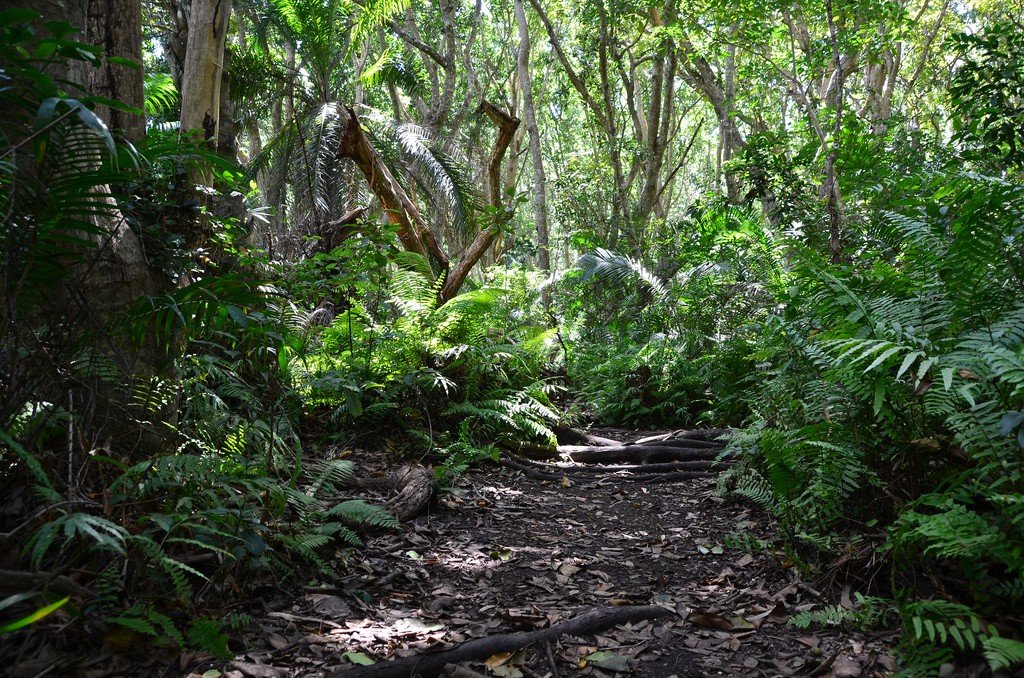Jozani Forest
Jozani Forest is a national park and the only area of the island of Zanzibar not occupied by urban development or agricultural plantations. The tropical jungle covers 44 km², which is approximately 3% of the entire island. Twelve thousand travelers visit Jozani Forest every year.










Video: Jozani Forest
Highlights
Jozani National Park is also called the Red Monkey Forest because it is home to a population of rare animals, the red colobus. These are quite playful non-aggressive primates that love to pose for photographers. But, unfortunately, there are very few of them left. Zoologists estimate the number of the species at only 2-3 thousand individuals.
.Jozani Forest has an extremely rich plant life. Here one can see ferns, lianas, clove trees, raffia palms, rattan palms, huge ficus and Mahagoni trees, whose wood is colored red. The part of the national park adjacent to the sea bay is covered with mangrove forests. To make it easier for visitors to walk through the mangroves, wooden bridges are built between the trees.
.
Tourists travel through the national park on hiking trails. If desired, a guide can be hired here to give an hour-long tour in English. There is a souvenir store at the exit of Jozani Forest.
>The Jozani Forest area is open during daylight hours. To make the walk through the national park comfortable, travelers are advised to wear sneakers, closed clothing, hats and a supply of drinking water.
Animal life
Red colobus live in the Jozani forest in groups of 30 individuals, led by 5-6 adult males. They are herbivorous monkeys that feed on tree leaves and unripe fruits. Colobus monkeys, like no other primates, nurture their young for a long time. The period of childhood in male monkeys is prolonged to 3-4 years, and in females – up to 1.5 years. For this reason, adults and young males do not have aggression, and the growing young, along with experienced males, take part in the defense of the pack.
.
In addition to the endangered red colobus, the Jozani forest is home to blue or crowned monkeys, dwarf Suni antelopes, varans, secretive Zanzibar leopards, chameleons, snakes and 50 species of butterflies. Many exotic birds nest in the rainforest.
.Behind the ground, under the shade of ferns you can see traces of moles and shrews, and on the trunks of trees – long millipedes and small lizards. Large-sized land crabs crawl under the foliage. They are about 10 centimeters in diameter and move very quickly.
.How to get there
Jozani Forest is located in the center of Zanzibar, near Chwaka Bay. From any part of the island, travelers reach the national park by cab or minibuses, which locals call “dala-dala.”
